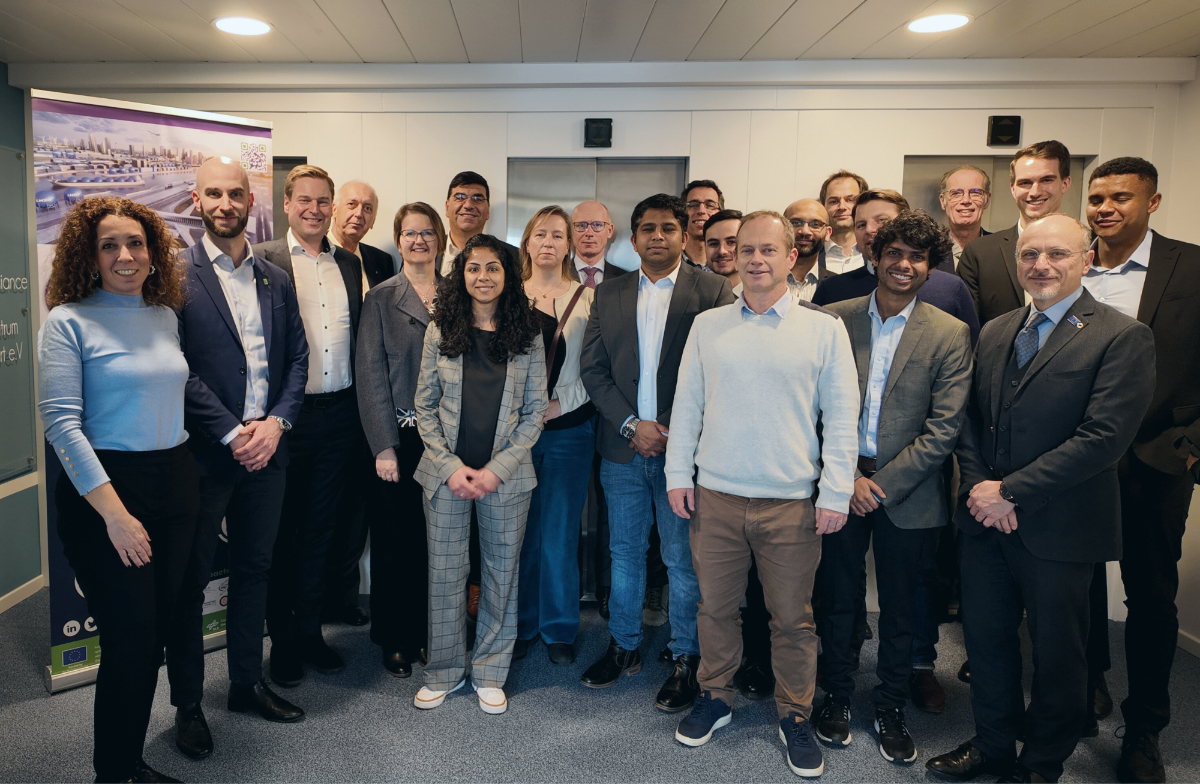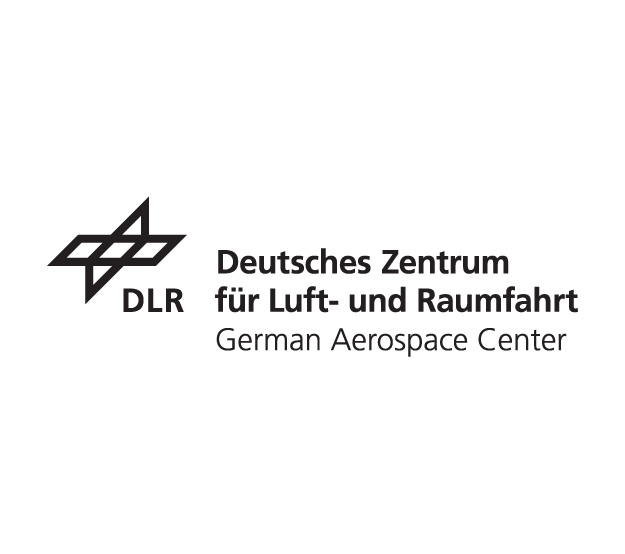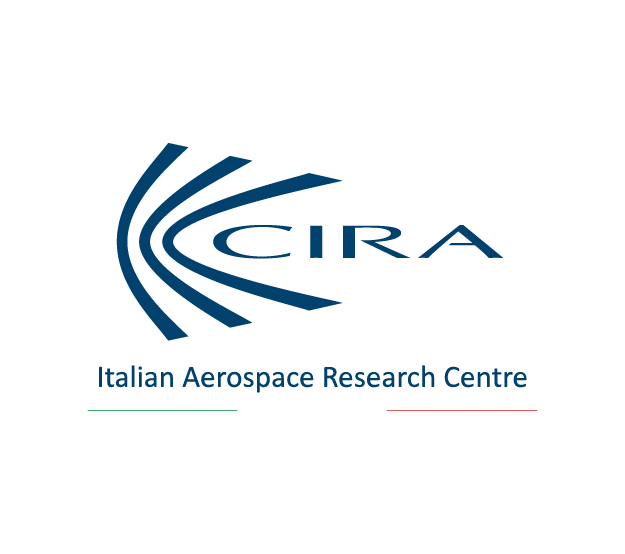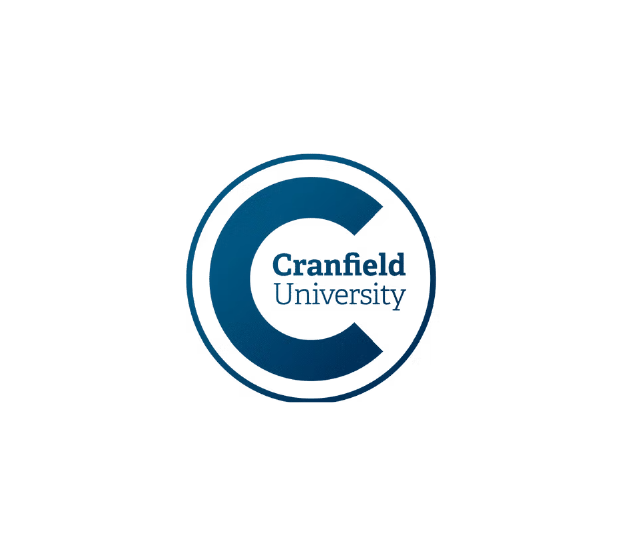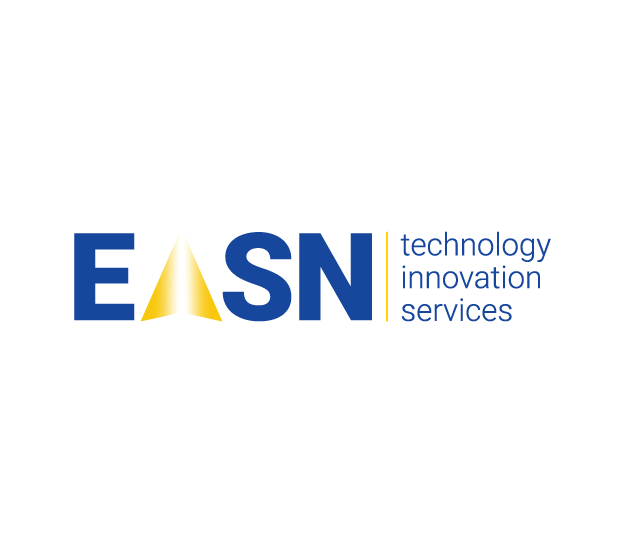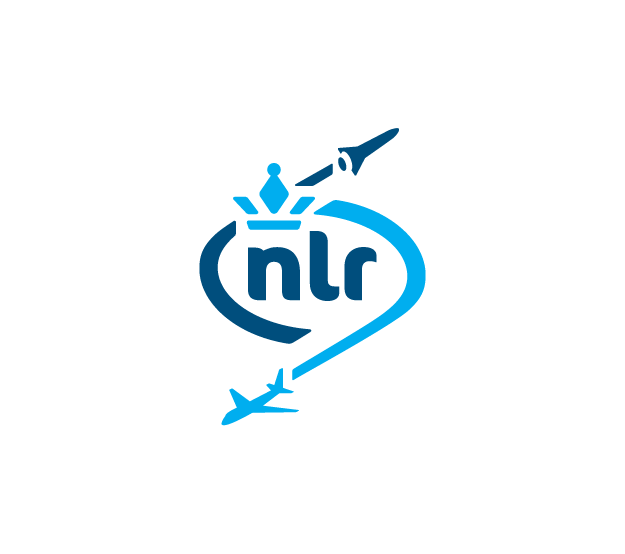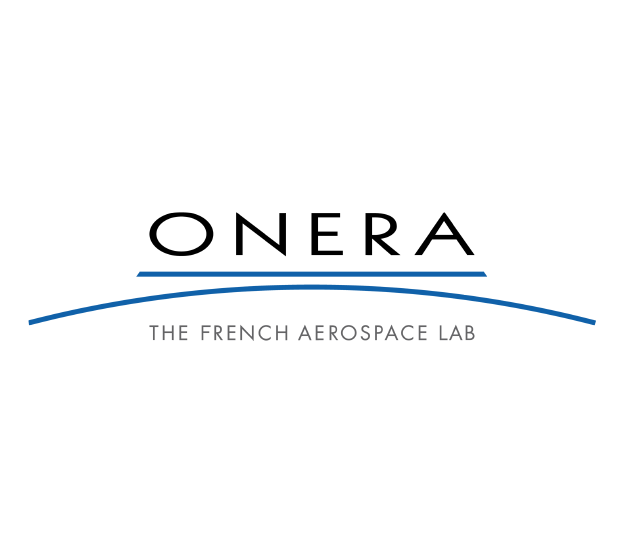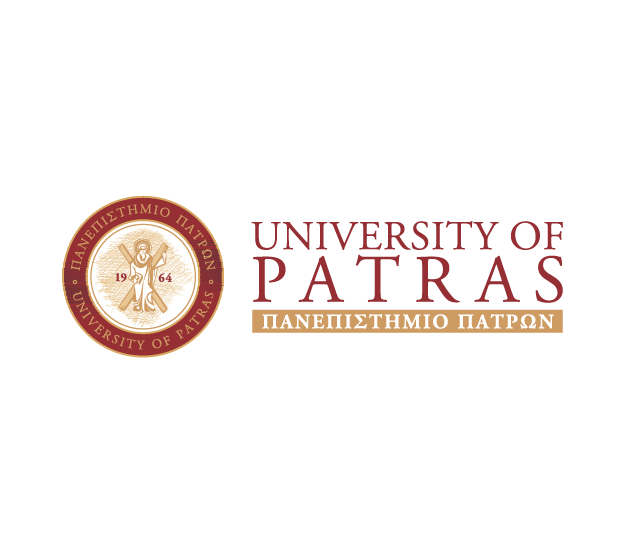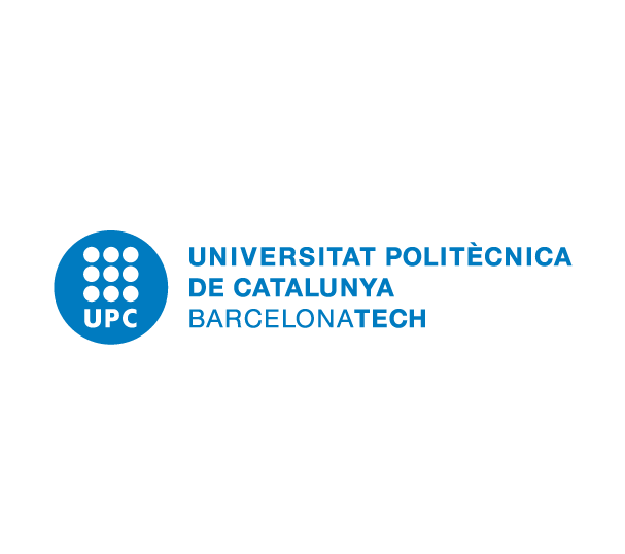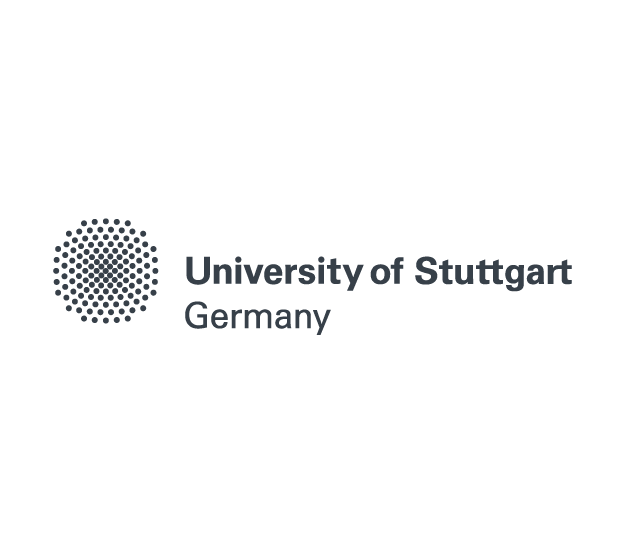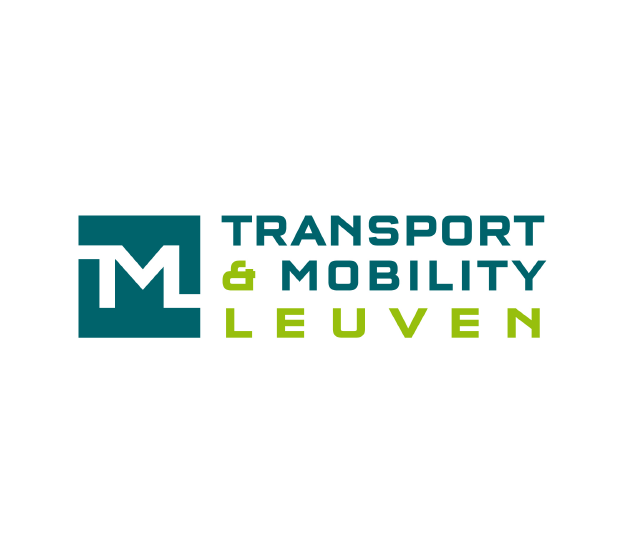DEUTSCHES ZENTRUM FUR LUFT - UND RAUMFAHRT EV (DLR)
DLR, German Aerospace Center with its experience in coordinating CS2 TE, AGILE, AGILE 4.0, ACACIA is coordinating the project in WP1 and the technical work in WP3 and WP4. The Institute of System Architectures in Aeronautics along with the Institute of Air Transport, the Institute of Atmospheric Physics, and the Institute of Software Technologies are involved.
DLR with its expertise from the EU projects AGILE & AGILE 4.0 leads the development of Collaborative Impact Monitor Assessment Framework in WP3. In addition, DLR contributes to all tasks in WP4 and leads task 4.3, as it has extensive experience in modelling the global air transport system in terms of demand & fleet forecasting, 4D trajectory modelling & optimisation and climate impact assessment.
DLR’s experience in assessing aviation climate impacts (coordinating also CLAIM project – Clean Aviation Support for Impact Monitoring), will enable the integration of a climate tool for CO2 and non-CO2 aviation effects in the project. DLR also supports dissemination and facilitates the Impact Monitor Academy, wherein students engage with the project’s activities for aircraft design assessment and creating new academic assessment models. An advisory board is initiated and coordinated by DLR to facilitate independent feedback. Finally, DLR ensures smooth on-time delivery of project results with effective coordination and management.
C.I.R.A. CENTRO ITALIANO RICERCHE AEROSPAZIALI SCPA (CIRA)
CIRA is the Italian Aerospace Research Center, it is member of EREA, ACARE working groups and GARTEUR. CIRA closely cooperates with industries, European and national civil aviation authorities and SMEs.
CIRA is currently involved in SESAR transversal activities, AMPLE3 and PEARL projects aiming to monitor and integrate the SESAR solutions into the integrated European ATM System in order to achieve the objectives set by the ATM Master Plan (MP), and it is also involved in SESAR solutions development, e.g., GEESE, ATC-TBO, JARVIS.
CIRA is also contributing to CLAIM (Clean Aviation Support for Impact Monitoring) project, an EU-funded project opting to assist Clean Aviation and the EC in achieving their goals towards the reduction of net greenhouse gas emissions, and has also been part of EU-funded Impact Monitor project.
CIRA has been involved in CS1 and CS2 Technology Evaluator projects performing validation and comparison tasks, methodology definition and sensitivity analysis, as well as SAT Roadmap, PPLANE, COAST (COst effective Avionic SysTems), TWING, ANGELA. Moreover, CIRA collaborated in the coordinated support actions: CAPPADOCIA, RADIAN, OPTICS and OPTICS2 devoted to assess the contribution to innovations related to European R&I projects vs ACARE Goals.
CRANFIELD UNIVERSITY (CU)
CU has a strong track record of research in the development of methods and tools for the collaborative design of transport aircraft systems. In particular, in-house software (Turbomatch, Atlas, etc.) have been deployed in various EU/UK research projects for the design of novel airframe configurations (high aspect ratio, strut-braced, foldingwing tips, boundary layer ingestion, etc.) and propulsion systems architectures (conventional, series, parallel hybridelectric, turboelectric, etc. with kerosene, SAF, liquid hydrogen fuel).
Furthermore, CU has experience in creating visual/data analytics-based design space exploration frameworks (dashboards) for the impact assessment of different technologies and strategies.
CU leads the task on aircraft-level modelling where various design and analysis studies will be conducted for novel Short Medium Range (SMR) and Long Range (LR) aircraft platforms. The generated data will provide the basis for airport and ATS level design studies.
EASN TECHNOLOGY INNOVATION SERVICES BV (EASN-TIS)
EASN-TIS is one of the most experienced and recognized entities Europewide in the field of communication and dissemination. The entity has a proven track record in elaborating and implementing tailored communication and dissemination strategies.
Since its establishment, EASN has participated in more than 60 EU-funded aviation related projects, the majority of which having the leading role for dissemination and communication activities.
Additionally, EASN is part of the consortia of Impact Monitor and CLAIM projects. In the context of this project Impact Monitor 2, EASN leads WP5.
STICHTING KONINKLIJK NEDERLANDS LUCHT - EN RUIMTEVAARTCENTRUM (NLR)
EASRoyal NLR, capitalising on its profound knowledge and experience gained in projects such as Clean Sky 2 TE, TEAM_Play, AGILE4.0 and Impact Monitor, contributes to Impact Monitor 2 with staff mainly from its departments “Sustainability and Environment”, “Collaborative Engineering Systems” and “ATM and Airports”.
More specifically, Royal NLR leads WP2 on the Impact Monitor 2 Toolbox, specifying the preliminary assessments and improving the Toolbox, and Task 4.2 on the preliminary impact assessments at airport level. Further, NLR contributes to WP3 concerning technology for the execution of distributed workflows and to integrate its models into the Digital Collaborative Impact Monitor 2 Framework.
OFFICE NATIONAL D'ETUDES ET DE RECHERCHES AEROSPATIALES (ONERA)
ONERA is coordinating WP4. Three research units of Information Processing and Systems Department are involved: M2CI (Multidisciplinary methods, integrated concepts), Modelling and engineering of distributed systems and software (MIDL) and Risk – Identification, modelling and assessment (RIME).
M2CI specializes in the applications-methods duality in the field of aerospace vehicle design and has been contributing to AGILE and AGILE 4.0 projects for MBSE and MDAO methods including multi fidelity and trade -offs analysis. The unit is involved in WP3 to support the models catalogue connection and in WP4, as WP leader, to monitor the smooth set up and operations of all the assessment studies as well contributing to the aircraft level.
MIDL activities deal with the promoting and facilitation of the implementation of IT methods in application frameworks and their contribution is related to WP3 to ease the integration of surrogate model and uncertainties quantification technologies.
RIME develops risk related methods including a focus on environmental constraints. The unit is strongly involved in WP1 for scenario elaboration and in WP4 contributing to the assessment studies at airport and air-transport system level.
PANEPISTIMIO PATRON (UPATRAS)
UPATRAS has accumulated considerable experience through its participation in more than 100 EU funded research projects in Aeronautics, including also a significant participation in Clean Sky, Clean Sky 2, and Clean Aviation projects. UPATRAS is also a founding member of the Clean Aviation Joint Undertaking (CAJU) as the single European university and academia representative in the governing board of CAJU.
UPATRAS contributes to all WPs of Impact Monitor 2, having an essential role in WP3 where it supports the Multi-criteria trade-off and Decision-Making methods based on value-driven approaches, for the digital collaborative framework.
UNIVERSITAT POLITECNICA DE CATALUNYA (UPC)
UPC is a leading technical university. ICARUS research group at UPC is working on the development of Air Traffic Management and aircraft operations optimisation tools. More specifically, UPC has been developing DYNAMO and FARM, among other complementary tools during the past 10 years.
DYNAMO, as the trajectory simulation tool, is at the core of the UPC contribution to the project, mainly within WP2, WP3 and WP4 with the integration into the Impact Monitoring framework and the assessment of the test cases. UPC also contributes with the assessment and decision about the use cases with regards to the SESAR solutions. UPC leads the D4.2 development on the setup of the Airport level studies.
UNIVERSITY OF STUTTGART (USTUTT)
USTUTT’s Institute of Aircraft Design (IFB) is the coordinator and partner in a large number of European and national projects related to aircraft design, development, and manufacturing. It is one of the distinguished facilities in the field of manned aircraft projects with alternative propulsion, operating the manned technology test platforms “icaré 2” (solar powered) and the now hybrid electric “e-Genius.”
In Impact Monitor 2, IFB contributes to establishing the assessment process at aircraft level in WP4 and to defining and validating the interface criteria, as well as the proof-of-concept implementation in WP3. This work relies on in-house aircraft design tools and the SUAVE tool environment, which was adapted for alternative propulsion design concepts in the H2020 project FutPrInt50, coordinated by USTUTT.
Additionally, USTUTT will co-supervise a PhD student working on the Impact Monitor 2 project, sponsored by a scholarship. The PhD student will work on implementing a new Aircraft Design Tool, which will be made publicly available.
TRANSPORT & MOBILITY LEUVEN (TML)
TML contributes to the project with its broad and longstanding expertise in performing cost benefit analyses and economic modelling for different transport sectors, including aviation. TML can also count on its links with the KU Leuven, its main shareholder, and on highly skilled employees, most of them having a PhD in economics or engineering.
TML mainly contributes to WP2 and WP4, providing the expertise in social costs benefit analysis for the impact assessment at airport and ATS Level, for which it can rely on insights from other SESAR 2020 projects such as COMPAIR, ITACA and the previous Impact Monitor project.
